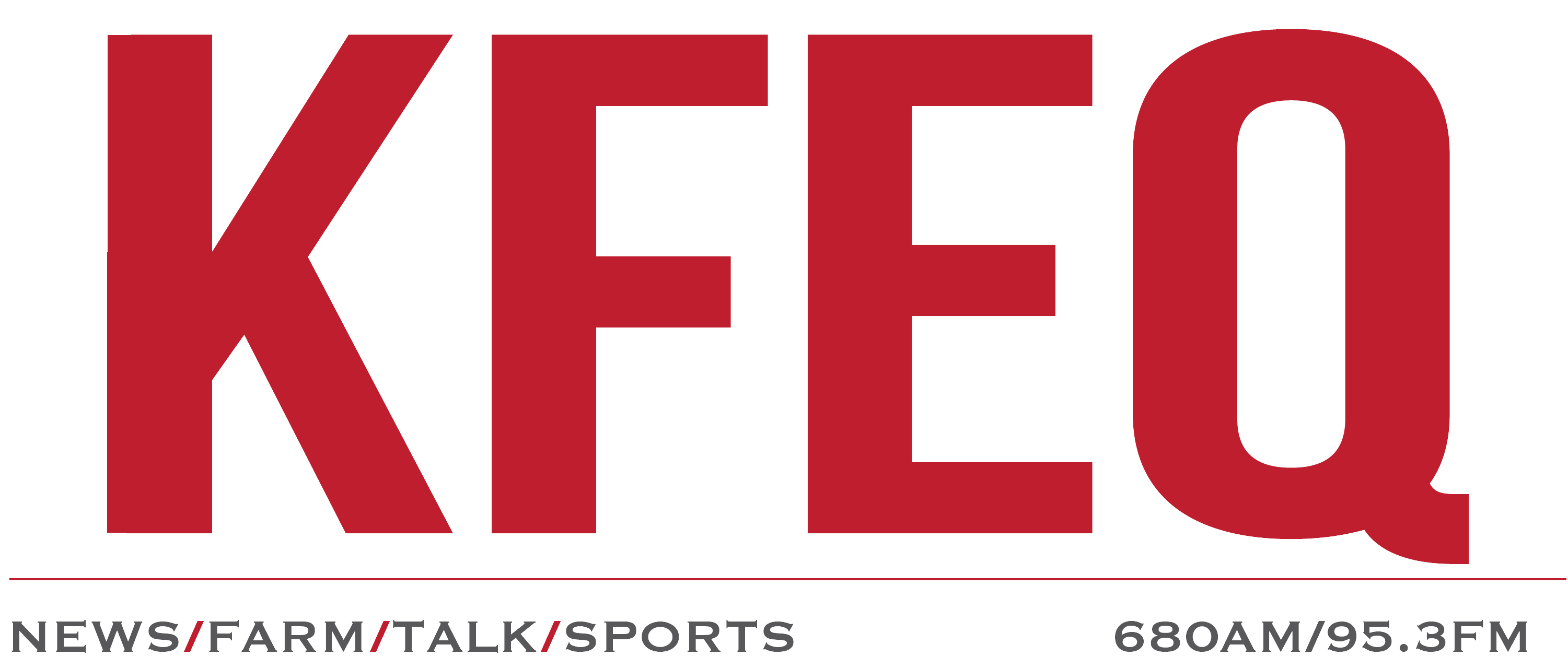
GRAINS:
Grain markets overall had a softer feel Wednesday and early strength faded as the session wore on. The primary weakness stemmed from a correction in the wheat market, which isn’t all that surprising given the explosive jump in price over the past three sessions. The double-digit moves lower in wheat ultimately pulled the corn and soy markets down as well. Outside markets were again mixed as equities were choppy on both sides of even after the S&P 500 set a record close on Tuesday and traded to an all-time intraday high on Wednesday. Meanwhile, President Trump’s tariff considerations for automobiles and pharmaceuticals announced Tuesday led to a second straight day higher for the U.S. Dollar Index following five sessions lower last week which had aided the wheat market rally. March corn closed down 4 1/2 cents and May corn was down 3 1/2 cents. March soybeans closed down 6 3/4 cents and May soybeans were down 7 1/4 cents. March KC wheat closed down 13 1/2 cents, March Chicago wheat was down 12 3/4 cents, March Minneapolis wheat was down 5 cents.
LIVESTOCK:
The back and forth nature of the live cattle market’s game of cat and mouse, where one day the market closes lower to then be followed by mild technical support the next day, played true again in Wednesday’s market. Besides the soon-to-expire February live cattle contracts, the rest of the live cattle contracts are traded mostly higher as traders seem to be looking around for one another’s consensus as to whether or not enough immediate downside pressure has been inflicted upon the market. In the spot April contract, the market is within only $2.00 of its 100-day moving average, which remains a critical threshold to continue to monitor. Unfortunately, the momentum that pushed the feeder cattle complex sharply higher throughout all of Tuesday’s market seems to have dissipated as the complex traded lower throughout Wednesday’s session. The market is currently nearing a resistance level (at $270), which is imposing some technical pressure, but otherwise, traders seem to be waiting to see if any fundamental support develops and helps encourage higher trade. With morning pork cutout values lower, and pressure noted in Tuesday’s closing cutout price as well — immense downward pressure has overtaken the lean hog complex. With the recent change in direction, the market has come under pressure and once again fallen below the resistance level at $92.00 in the spot April contract. In terms of what’s driving the carcass price’s decline on a per-individual cut basis, the tremendous $10.25 fall of the belly is to blame.



